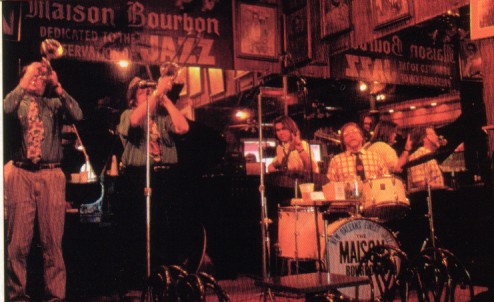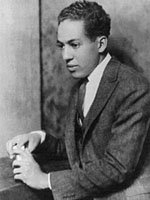|
● Early
Fiction
● Transcendentalists
● Power
of Imagination
● New
Visions of America
● Reform
and Liberation
● Regionalism
● A
New Wave
● Sympathetic
Views
● Rebellious Spirit
● The
Modernists
● The Lost Generation
● Harlem Renaissance
● New
Drama
● Depression,
Realism and Escapism
● Postwar Voices
and the "Beat Generation"
● New American
Voices
Harlem Renaissance
 |
|
Jazz
|
 The
1920s also saw the rise of an artistic black community centered
in New York City in Harlem, a fashionable black neighborhood. African-Americans
had brought a lively, powerful music called jazz
with them as The
1920s also saw the rise of an artistic black community centered
in New York City in Harlem, a fashionable black neighborhood. African-Americans
had brought a lively, powerful music called jazz
with them as
 |
|
Langston Hughes
|
they moved to northern cities; the
jazz clubs of Harlem became chic
night spots in the 1920s. The nation suddenly discovered "the
new Negro," an articulate
urban black, conscious of his or her racial
identity.
Magazines and newspapers dedicated
to black writing sprang up. New poets such as Langston Hughes and
Countee Cullen wrote about what it meant to be black. They used
exotic images drawn from their African and slavery pasts, and incorporated
the rhythms of black music such as jazz, blues
and the folk hymns
called "spirituals." The Harlem Renaissance gave African-American
culture prominence and an impetus
to grow.
Previous Page Next
Page
|

